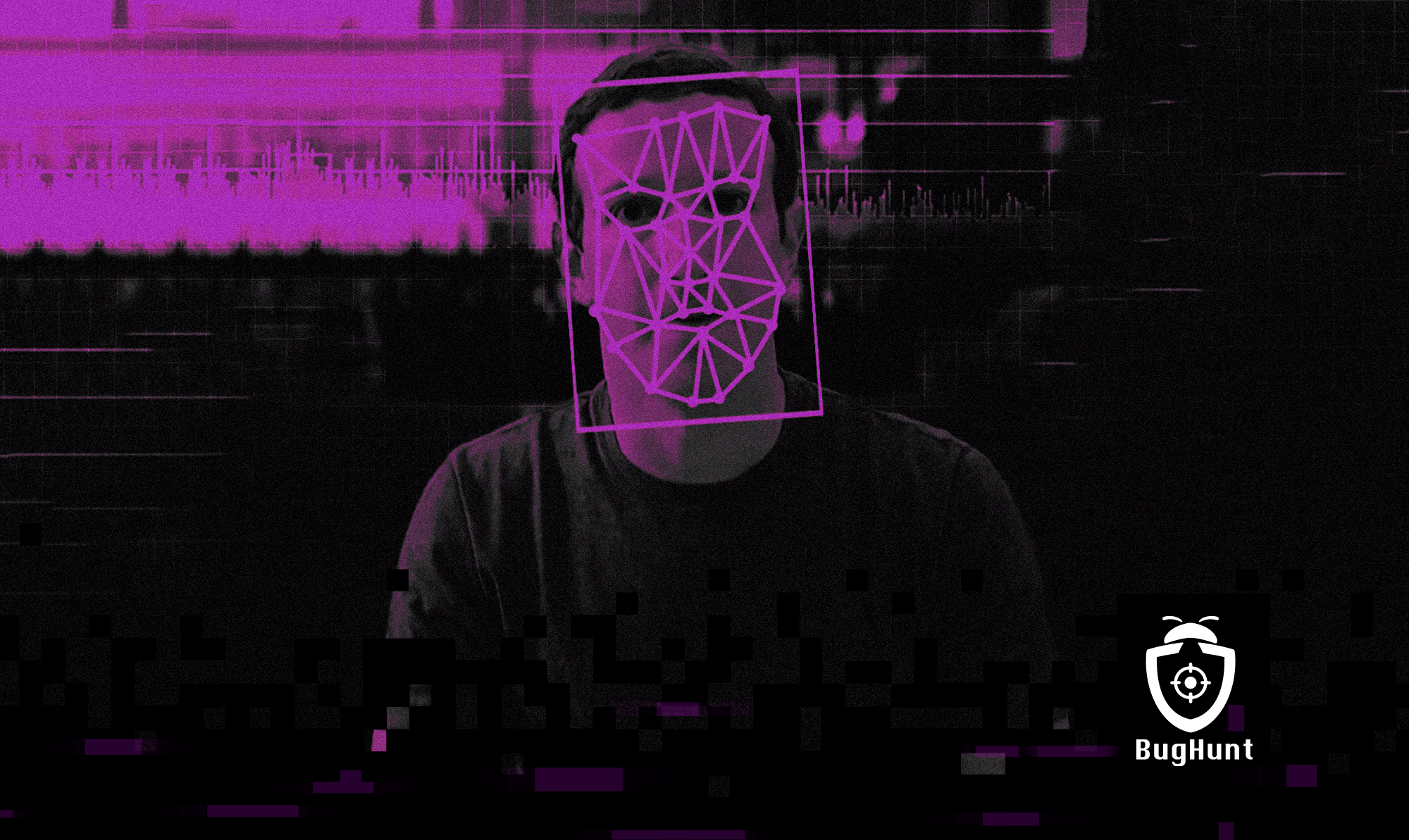Deepfake is a threat to digital security: understand the risks!

One of the main risks posed by the evolution of Artificial Intelligence is certainly deepfake.
You’ve probably seen a deepfake image, video, or audio on social media. One example that went viral this year was the image of Pope Francis wearing a bulky white coat.
But, despite being amusing, deepfake represents a risk for public figures, government organizations, and non-governmental organizations. In the era of fake news, any video, image, or audio can be manipulated without anyone noticing, potentially reaching a large, unsuspecting audience who may not understand the “joke.”
In this context, deepfake can exacerbate the fight against misinformation. Additionally, it can present risks for businesses. In this article, you’ll learn what deepfake is, why it is a risk, and what specific risks it poses. Happy reading!
What is Deepfake?
Deepfake is a term used to refer to a technique in Artificial Intelligence that allows the creation of manipulated videos, images, or audios so realistically that they can deceive viewers into believing they are authentic.
The name "deepfake" is a combination of "deep learning," a form of artificial intelligence, and "fake."
This technique uses advanced deep learning algorithms, such as artificial neural networks, to synthesize multimedia content like videos and audios based on existing samples.
Why is Deepfake a Threat to Businesses?
Deepfake poses a significant risk to businesses due to its potential to cause substantial damage across various key aspects of business operations. This advanced AI technology can create false yet seemingly authentic multimedia content that can deceive unsuspecting users.
In a business context, deepfake can be used to spread false information about employees, clients, and partners, leading to misguided decisions, breaches of trust, and certain types of cyberattacks—such as phishing.
Additionally, there are other risks that you will see in the next section.
What Are the Risks of Deepfake?
Due to its ability to create multimedia content that appears real, deepfake can trigger reputation crises or facilitate cybercriminal activities, undermining trust and security within organizations.
Here are some of the most pressing risks:
- Fraud and CybercrimeDeepfakes can be used to create falsified messages to deceive employees and clients. For example, a deepfake of a company CEO requesting a funds transfer to a fraudulent bank account could result in significant financial losses.
- Dissemination of False InformationDeepfakes can create false news and misinformation about a company. This can damage credibility and harm its image with the public and investors.
- Defamation and Reputation DamageFraudulent videos defaming executives, employees, or the company itself can be created through deepfake, causing significant damage to reputation and negatively affecting customer and partner trust.
- Phishing and Social EngineeringDeepfakes can also be used in phishing or social engineering attacks. In this case, criminals might impersonate employees to gain confidential information or unauthorized access to systems and data.
- Exploitation of Conflicts and CrisesDuring crises or conflicts, deepfakes can be used to create false content that exacerbates the situation and harms the company.
- Bypassing SystemsFake videos, photos, and audios could be used to gain access to facial or voice recognition systems, potentially exposing a company’s data.
How to Protect Yourself from Deepfake?
Deepfake technologies are still relatively new and are mostly used for entertainment, but they have a destructive potential for brands and organizations.
One major issue is that most people are not yet familiar with the concept, making them more susceptible to scams using this method. The best way to protect your company against these threats is through information security-focused education campaigns. The more trained your employees are, the less exposed they will be to these risks.
Liked this content? You can find more articles like this on the BugHunt Blog!

